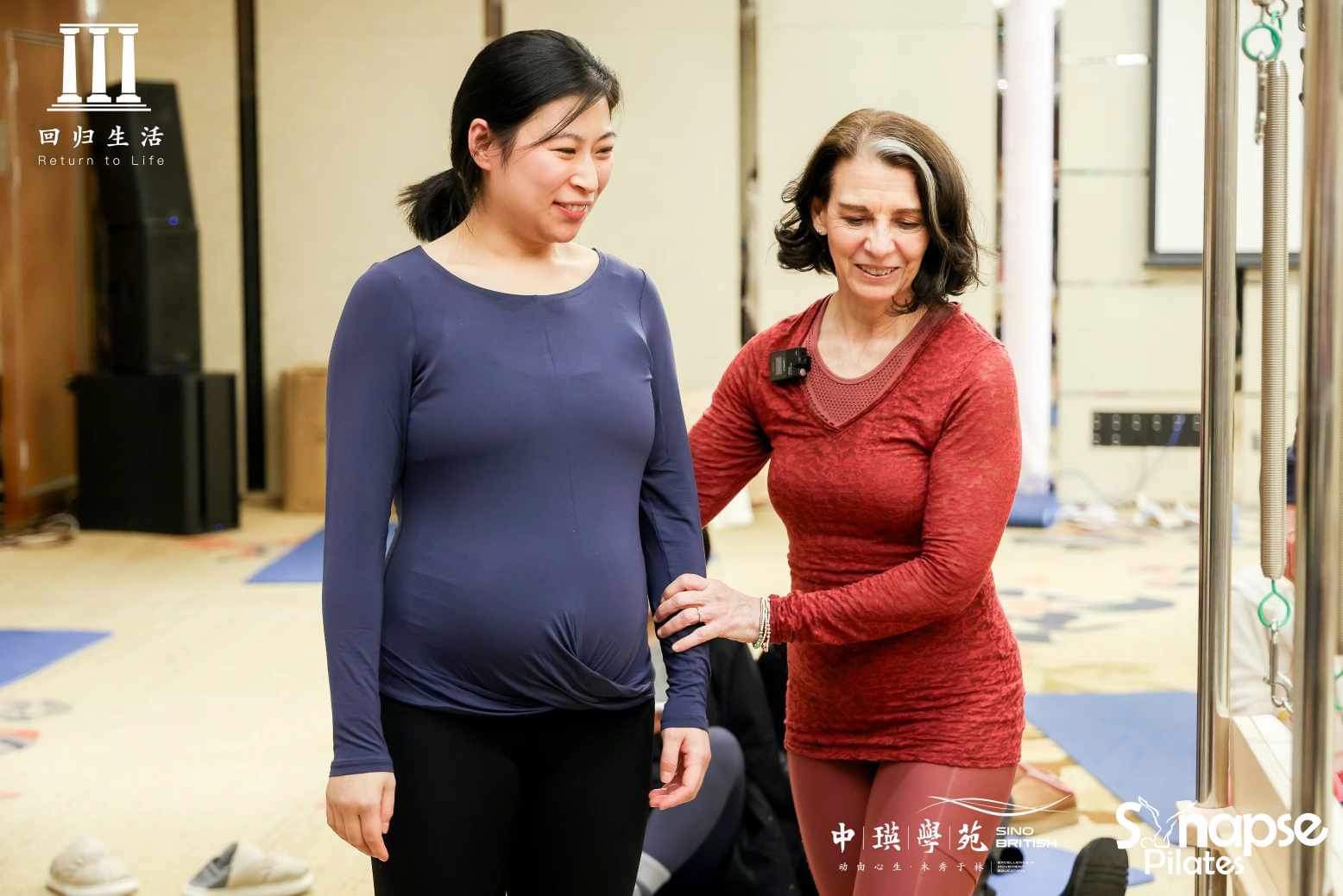Description
Pre-natal time in Pilates is concerned with acknowledging the trimester precautions while also preparing the woman’s body for a very physical event. Focus is on breathing training to avoid 2nd labor stage injuries, activating the core without promoting a diastasis rectus, strengthening arms and hand grip, teaching the pelvic floor to both contract and relax, and manage low back and foot strain as the pregnancy progresses. In post-natal restoration, focus is on restoration to avoid physical risks of the 1st stages of post-partum, up to 18 months. Learn tests for ligament flexibility, diastasis recti as well as specific exercises for not only the core, foot and ankle but also tips to accelerate safe restoration to a full active life in Pilates.
List of Objectives
Students will be able to:
- Better understand the precautions in pregnancy for each trimester
- Help their clients learn better pelvic floor control
- Encourage clients to develop arm and hand grip for handling newborns
- Better understand how to help clients manage low back and pelvic pain throughout pregnancy
- Describe the effects of relaxin in the delivery process and post-partum period and why it is necessary to progress to a return of physical conditioning after childbirth;
- Describe why women are at risk for pelvic imbalances and knee injuries in the postpartum period;
- Define diastasis recti, learn how to avoid it in Pre-natal Pilates, measure it, and describe corrective exercises for the condition;
- Explain the occurrence of foot problems after pregnancy;
- List the hallmarks of successful post-natal restoration management;
- Perform a ligament flexibility test
- Learn Pilates-based exercises to restore overused wrists/hands and weakened ankles and feet;
- Learn Pilates-based mat exercises to restore the distended abdomen and potentially damaged pelvic floor area, improve core control, and balance chest and low back tone;
- Facilitate constructive rest to alleviate low back and pelvic pain;
- Learn control tips for incontinence;
- Learn care for swelling and/or painful feet and legs;
- Learn the ACOG/NICE guidelines for post-partum exercise and to avoid prolapse;
- Learn how to restore abdominal disruption, pelvic floor trauma, while facilitating a walking and running program over time.
